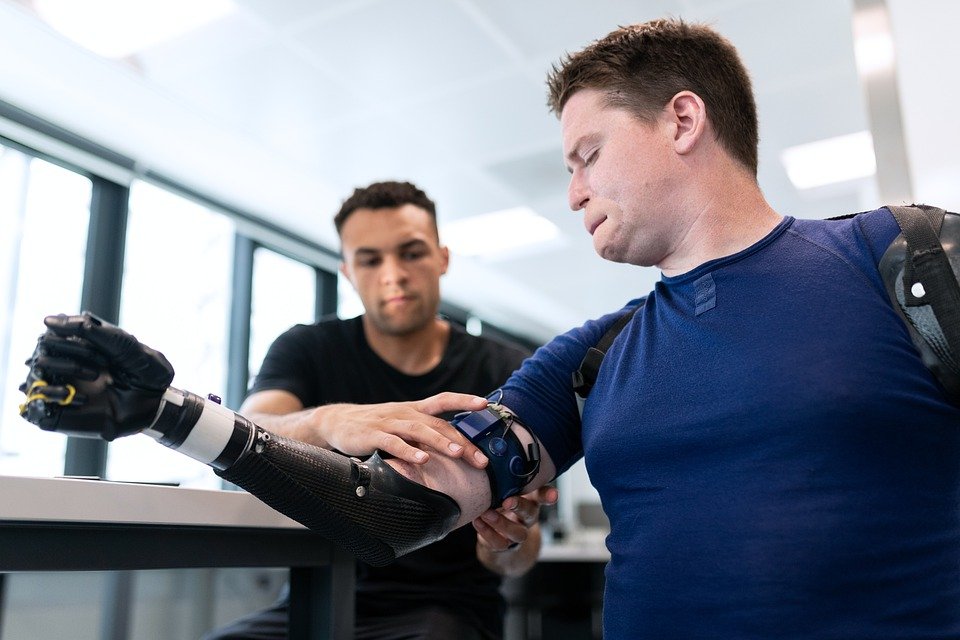What Is Involved With Orthotics And Prosthetics Services?

Orthotics and prosthetics services refers to the provision of physical support for the treatment and rehabilitation of disorders of the musculoskeletal system. The concept of orthotics was developed around 2021 BC by the ancient Chinese physician Dr. Sukshma Buddha. He suggested that the intervertebral discs of the spinal column were distorting the natural structures of the limbs which resulted in a reduced ability of the limbs to withstand shock. Recognizing the need for a treatment for this disorder, the Chinese developed an orthopedic brace as a means of treating and preventing the problem. This led to developments in such areas as early diagnosis and treatment of disorders of the skeletal system.
Orthotics and prosthetics services include the design, manufacture, and the installation of therapeutic and orthotic devices. These include prostheses, which is a prosthetic hand and prosthetic leg. They can be used to address such problems as arthritis and lymphedema. Other conditions treated with orthoses and prostheses include cerebral palsy, conditions relating to birth defects, and birth defects related to abnormal cranial development.
To ensure consistent quality of work, it is important that orthotics and prosthetics suppliers adhere to accepted industry standards. These can range from the manufacturing processes used to produce the devices to the quality assurance measures that are undertaken by the companies to ensure that the products are free of manufacturing faults. For example, it is necessary that orthotic device manufacturers adhere to stringent quality control measures to ensure that the finished products are free of sugar materials and are safe to use. Similarly, it is necessary that prosthetic device manufacturers perform quality assurance checks on their prosthesis suppliers to check for any evidence of material failure.
Further, it is important that orthotics and prosthetics services take a multidisciplinary approach to addressing the needs of their clients. This involves the provision of not only general prosthetics services but also specific services tailored to the needs of the individual client. In other words, it is important for health professionals to ensure that their services are well-tailored to address the specific needs of each patient. This would involve consultations with various health care providers, including physicians, nutritionists, chiropractors, and physical therapists.
Besides general orthotic and prosthetic guidance, physical therapists could also provide assistance in providing orthosis. Physical therapists have training in treating disorders of the musculoskeletal system. They are considered to be the primary experts in the field of orthoses. Physical therapy is an effective way of providing orthoses and also involves the application of physiotherapy. The application of physiotherapy would help an individual achieve optimal performance through improved flexibility, strength and range of motion.
Overall, health care professionals who offer prosthetics services need to work closely with their clients to ensure that they achieve the best results. This includes working together with health care providers to determine the type of orthosis or prosthesis that will be most effective at improving a patient's function. For example, some patients may require assistance with gait control while others may be more appropriate for use of an adjustable bed. It is important for therapists to work closely with their patients and consider all options when developing a plan of action. To get a detailed overview of this topic, see here: https://simple.wikipedia.org/wiki/Prosthesis.
